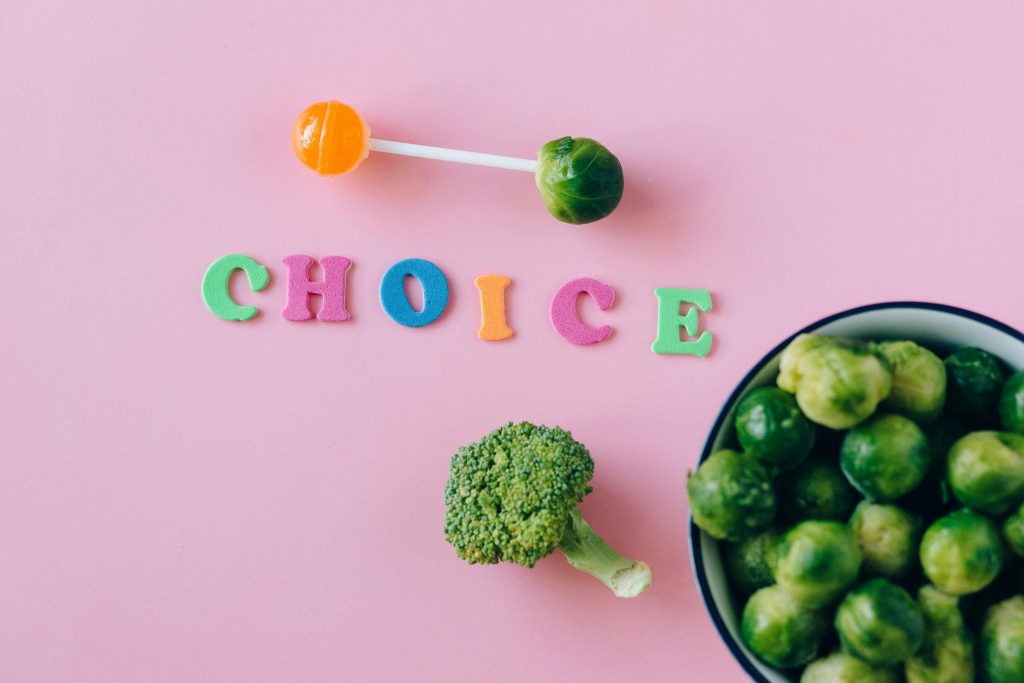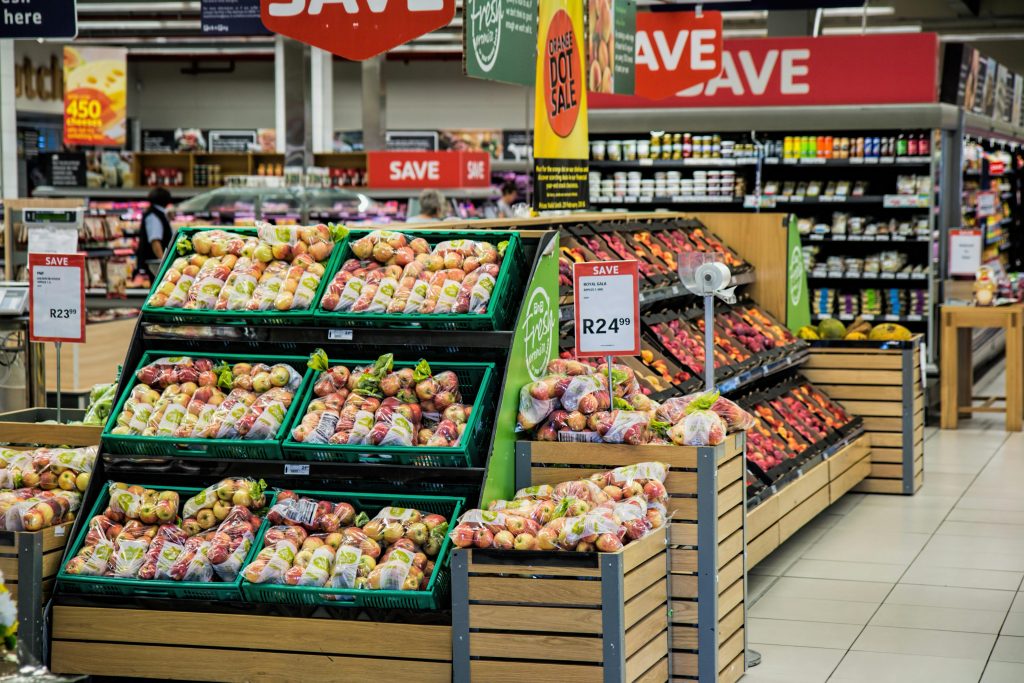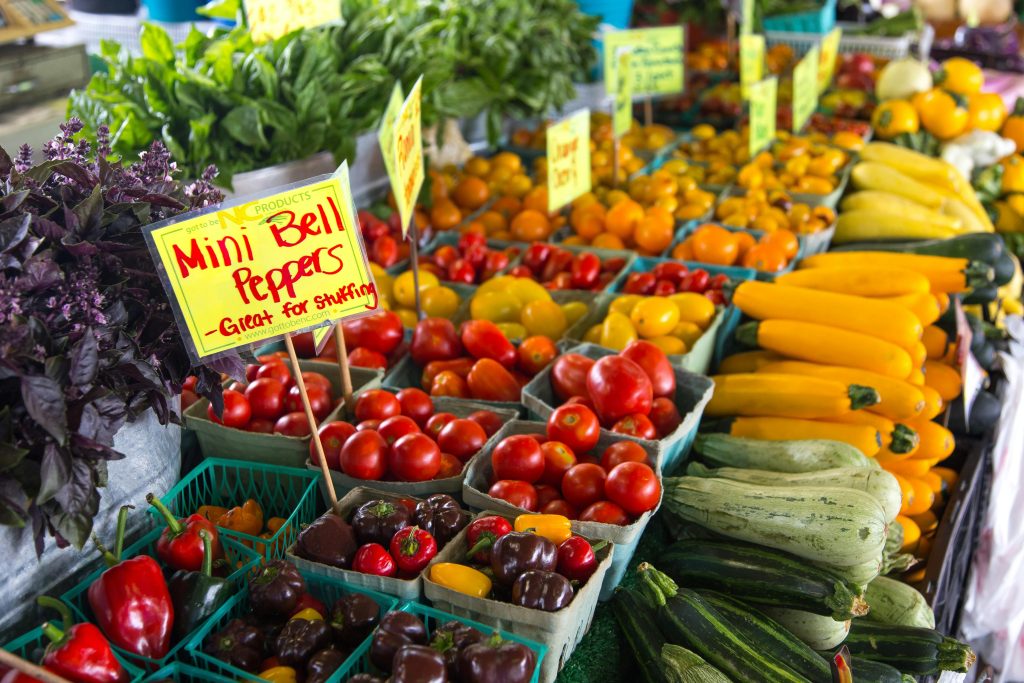Debunking the Myth
We’ve all heard it, haven’t we? The pervasive whisper, sometimes a shout, that eating healthy is a luxury reserved for those with bulging wallets. It’s a convenient excuse, a societal narrative that paints fresh produce and lean proteins as extravagant indulgences. And labels processed foods and fast-food meals are the affordable norm. But I’m here to tell you, with the conviction of years spent navigating the intricacies of nutrition and mindful spending, that this is a dangerous and ultimately untrue myth.
The idea that healthy eating is inherently expensive stems from a confluence of factors. The often-higher price tag on organic or pre-packaged healthy options, the perceived cost of “superfoods,” and the sheer convenience of readily available, cheap, and often unhealthy processed foods. However, by shifting our perspective, embracing strategic planning, and prioritizing whole, minimally processed ingredients, we can not only eat healthily on a budget but also save money in the long run.
Let’s dismantle this myth piece by piece. Let´s explore practical strategies and insightful perspectives that will empower you to nourish your body without emptying your bank account.

The Illusion of Cheap Convenience
The allure of inexpensive processed foods and fast food is undeniable. A burger for a few euros, a bag of chips for even less. These options seem to offer immediate gratification without a significant financial outlay. However, this “cheapness” is often a mirage, masking the hidden costs to our health and, consequently, our future finances.
Consider the long-term health implications of a diet consistently high in processed foods, saturated fats, added sugars, and sodium. Increased risks of obesity, type 2 diabetes, heart disease, and certain cancers are well-documented. The healthcare costs associated with managing these chronic conditions – doctor visits, medications, potential hospitalizations – far outweigh any perceived short-term savings on unhealthy food.
Furthermore, a diet lacking in essential nutrients can lead to the following. Decreased energy levels, reduced productivity, and increased susceptibility to illness, impacting our ability to work and earn. In this light, the “cheap” option becomes significantly more expensive in the long run.
The paradox is that overweight people who consume large quantities of food are very often malnourished. They lack important nutrients, but they consume a lot of fat and sugars. https://www.bariradka.com/2025/04/07/why-overweight-individuals-can-still-suffer-from-malnutrition/

The Power of Planning and Prioritization
The cornerstone of affordable healthy eating lies in strategic planning and a conscious shift in priorities. It requires a bit more forethought than grabbing the most convenient processed item. But the rewards – both for your health and your wallet – are substantial.
1. Embrace the Meal Plan: This is your secret weapon against impulse buys and food waste. Dedicate a little time each week to plan your meals, considering what you already have in your pantry and what’s on sale at your local markets. A well-thought-out meal plan not only ensures you have healthy options readily available but also helps you create a focused grocery list, preventing unnecessary purchases.
2. The Mighty Grocery List: Never venture into a supermarket without a detailed list. Impulse buys are the enemy of a budget-conscious healthy eater. Stick to your list, and you’ll be amazed at how much money you save. Healthy eating is more available than you think.
3. Love Your Leftovers: Leftovers are not culinary afterthoughts; they are pre-packaged, healthy meals waiting to be enjoyed. Plan to cook slightly larger portions and repurpose leftovers for lunch the next day or incorporate them into a new meal. This minimizes food waste and saves you the cost of buying a separate lunch.
4. Prioritize Whole, Seasonal Foods: Fruits and vegetables that are in season are typically more affordable and often at their peak nutritional value. Visit your local farmers’ markets for potentially better deals and a wider variety of fresh produce. Consider joining a Community Supported Agriculture (CSA) program for regular deliveries of seasonal produce at a potentially lower cost.
5. Buy in Bulk (Wisely): Non-perishable staples like oats, rice, lentils, beans, and nuts can often be purchased in bulk at a lower per-unit cost. However, ensure you have adequate storage space and will consume these items before they expire.
6. Frozen is Your Friend: Frozen fruits and vegetables are often just as nutritious as fresh, and they can be significantly cheaper and last much longer, reducing waste. They are perfect for smoothies, soups, and stir-fries.
7. Cook from Scratch More Often: Pre-packaged meals and snacks come with a premium for convenience. By cooking from scratch, you have complete control over the ingredients and can often make healthier and more affordable versions of your favorite dishes. Simple recipes using whole ingredients are both budget-friendly and nutritious.

Smart Shopping Strategies
Navigating the supermarket strategically can also significantly impact your grocery bill without compromising on health.
1. Compare Prices: Don’t just grab the first item you see. Take a moment to compare unit prices (the cost per kilogram or liter) to ensure you’re getting the best value.
2. Look for Sales and Discounts: Pay attention to weekly flyers and in-store promotions. Plan your meals around discounted items to maximize your savings. Consider using store loyalty programs for additional discounts and rewards.
3. Generic Brands Can Be Just as Good: Often, store-brand or generic versions of staples like pasta, rice, beans, and even some canned goods offer the same nutritional value as their branded counterparts at a lower price.v Healthy eating doesn’t have to mean brands in your shopping cart.
4. Embrace Imperfect Produce: Supermarkets often discard fruits and vegetables with minor blemishes. Look for discounted “imperfect” produce sections, which offer perfectly nutritious food at a fraction of the cost.
5. Reduce Meat Consumption: Meat, especially high-quality cuts, can be a significant expense. Incorporate more plant-based protein sources like lentils, beans, tofu, and eggs into your diet. These are often more affordable and packed with nutrients. Consider having “meatless Mondays” or reducing your meat portions.
6. Limit Pre-Packaged and Processed Foods: These items are often heavily marked up for convenience and marketing. By opting for whole ingredients and preparing your own meals and snacks, you’ll save money and control what goes into your body.

The Long-Term Savings of Healthy Eating
It’s crucial to shift our focus from the immediate cost of healthy food to the long-term savings it can generate. Investing in nutritious food is an investment in your health, which can translate to:
- Reduced Healthcare Costs: As mentioned earlier, a healthy diet can lower your risk of chronic diseases, leading to fewer doctor visits, less medication, and potentially avoiding costly medical procedures.
- Increased Productivity: A well-nourished body and mind have more energy and focus, leading to increased productivity at work and in daily life.
- Fewer Sick Days: A strong immune system, fueled by a nutrient-rich diet, can help you ward off illnesses, meaning fewer missed workdays and lost income.
- Improved Quality of Life: Feeling healthy and energetic allows you to enjoy life to the fullest, participate in activities you love, and maintain a positive outlook.

Beyond the Plate: Lifestyle Choices that Support Affordable Health
Our food choices are intertwined with other lifestyle factors that can impact both our health and our wallets.
- Hydration is Key (and Cheap): Drinking plenty of water is essential for health and can help you feel fuller, potentially reducing the urge to snack on unhealthy and expensive options.
- Prioritize Sleep: Adequate sleep regulates hormones that control appetite, potentially preventing overeating and unhealthy cravings.
- Manage Stress: Stress can lead to emotional eating and poor food choices. Finding healthy ways to manage stress can positively impact your diet and your budget.
- Embrace Physical Activity: Exercise not only benefits your physical and mental health but can also motivate you to make healthier food choices.

Re-Educating Ourselves and Challenging the Narrative
Ultimately, dismantling the myth that healthy eating is expensive requires a collective effort to re-educate ourselves and challenge the prevailing narrative. We need to move away from the perception that convenience and cheapness equate to value and recognize the true cost of a diet devoid of essential nutrients.
By embracing mindful planning, strategic shopping, and prioritizing whole, minimally processed foods, we can nourish our bodies without breaking the bank. It requires a shift in mindset and a willingness to invest a little more time in food preparation, but the long-term rewards for our health and our financial well-being are immeasurable.
Let’s empower ourselves and our communities with the knowledge and skills to eat healthily affordably. Let’s reject the myth and embrace the reality that nourishing our bodies is not a luxury but a fundamental right, accessible to all. It’s time to redefine “cheap” and recognize the true value of investing in our health through wholesome, affordable food choices. The power to eat well on a budget lies within our reach; we just need to embrace it.

